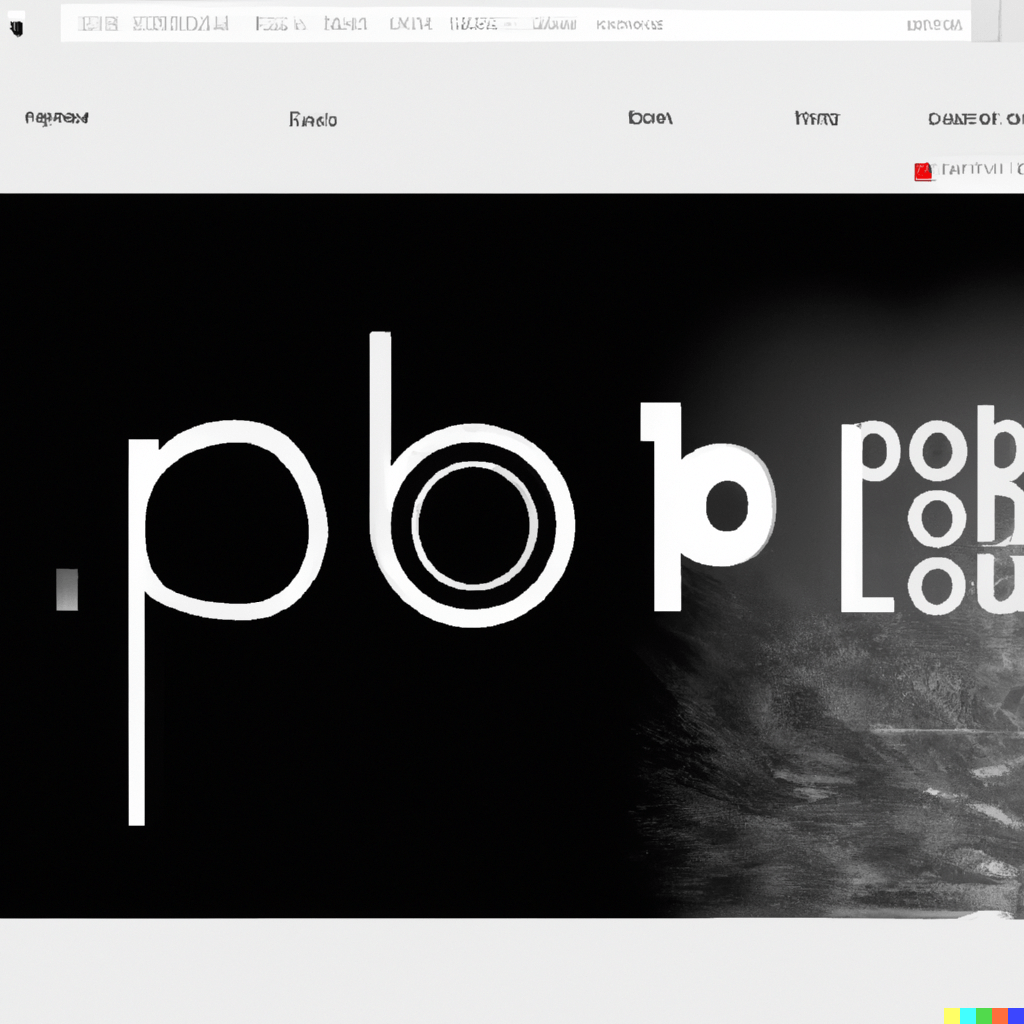A portfolio website is an online platform that showcases the work of an individual or organization. These websites are commonly used by artists, photographers, designers, developers, and other creative professionals to promote their work and attract new clients or opportunities. They typically include a collection of samples of the person or organization’s work, along with information about their skills, experience, and contact details.
It is a personal website that showcases an individual’s work and accomplishments. It is a platform for professionals such as artists, designers, writers, photographers, and developers to showcase their skills and attract potential clients or employers.
Key components of a portfolio website:
- Homepage: A well-designed homepage that showcases your work and tells visitors about your background, skills, and expertise.
- About: An ‘About’ section that gives a brief overview of your background, education, experience, and personal interests.
- Work Samples: A section that showcases your work, either through images or videos, that demonstrate your skills and abilities.
- Testimonials: Recommendations or testimonials from past clients or colleagues that speak to your skills and credibility.
- Contact: A page that includes your contact information, such as email, phone number, and social media links.
- Blog: A blog section that allows you to share your thoughts and ideas, showcase your writing skills, and engage with your audience.
In conclusion, it is a valuable tool for professionals who want to showcase their work and attract potential clients or employers. The key to a successful portfolio website is to make it visually appealing, easy to navigate and to include relevant information about your skills and experience.

What are the steps to do Portfolio Websites?
Portfolio websites are online platforms that showcase your work and skills to potential clients or employers. Here are the steps to create a portfolio website:
Define Your Objectives
Determine what you want to achieve with your portfolio website. This could include showcasing your work and skills, building your personal brand, or attracting new clients or job offers.
Choose a Domain Name
Choose a domain name that is easy to remember and relevant to your portfolio website.
Choose a Content Management System
Choose a content management system (CMS) that is suitable for your needs. Popular options include WordPress, Squarespace, and Wix.
Choose a Template
Choose a portfolio template that fits the style and branding of your portfolio website. Many CMS platforms offer a wide range of templates that can be customized to fit your needs.
Customize Your Template
Customize the template to fit your specific requirements. This may involve changing the layout, colors, fonts, and other design elements.
Define Your Categories
Define the categories that you want to showcase on your portfolio website. This could include your work experience, skills, projects, and education.
Create Your Content
Create high-quality content that showcases your skills and work experience. This could include project examples, case studies, testimonials, and other types of media.
Optimize Your Content
Optimize your content for search engines by using relevant keywords and meta tags. This will help your website rank higher in search results and attract more traffic.
Build Your Network
Build your network by promoting your portfolio website through social media, networking events, and other digital channels. Engage with potential clients or employers and encourage them to contact you.
Analyze Your Performance
Use analytics tools to track your website’s performance, including metrics such as page views, time on site, and bounce rates. Use this data to continually improve your portfolio website.
Overall, creating a portfolio website requires a commitment to providing high-quality, timely news coverage, a focus on engaging with your readership, and a willingness to adapt to changing trends and preferences. By following these steps, you can create a website that effectively promotes your brand, builds a loyal readership, and helps you achieve your objectives.
Have a great idea?
Let’s talk about
your project

